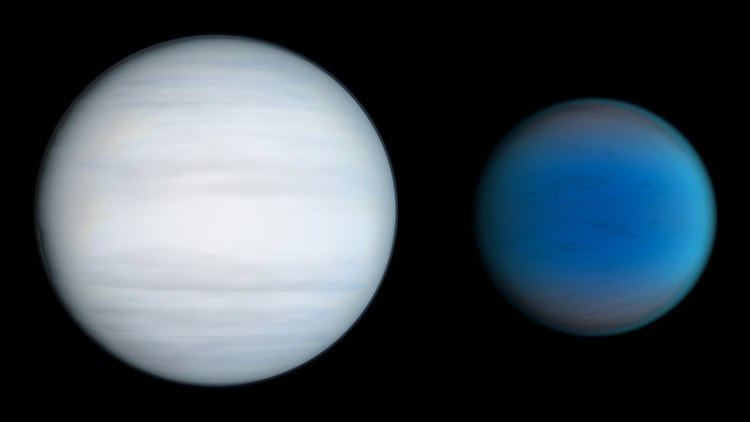Magnitude 11.9 Apparent magnitude (V) 11.9 | ||
 | ||
Similar Kepler‑33, Kepler‑32, Kepler‑56, Kepler‑11, Kepler‑42 | ||
Researchers determine physical conditions of two exoplanets in kepler 36 system
Kepler-36 is a star in the constellation of Cygnus with two known planets. It has an anomalously large radius, meaning that it is a subgiant.
Contents
- Researchers determine physical conditions of two exoplanets in kepler 36 system
- Thomas rimlinger on the origin and evolution of the kepler 36 system eress 2015
- Planetary system
- References
Thomas rimlinger on the origin and evolution of the kepler 36 system eress 2015
Planetary system
On June 21, 2012, the discovery of two planets orbiting the star was announced. The planets, a super-Earth and a "mini-Neptune" are unusual in that they have very close orbits; their semi-major axes differ by only 0.013 AU. The outer planet orbits only 11% further than the inner one. Coupled with masses significantly higher than Earth, their gravitational influence to each other is significant, meaning that their interaction causes extreme transit timing variations for both. Kepler-36b and c have estimated densities of 6.8 and 0.86 g/cm3, respectively. The two planets are close to a 7:6 orbital resonance.
